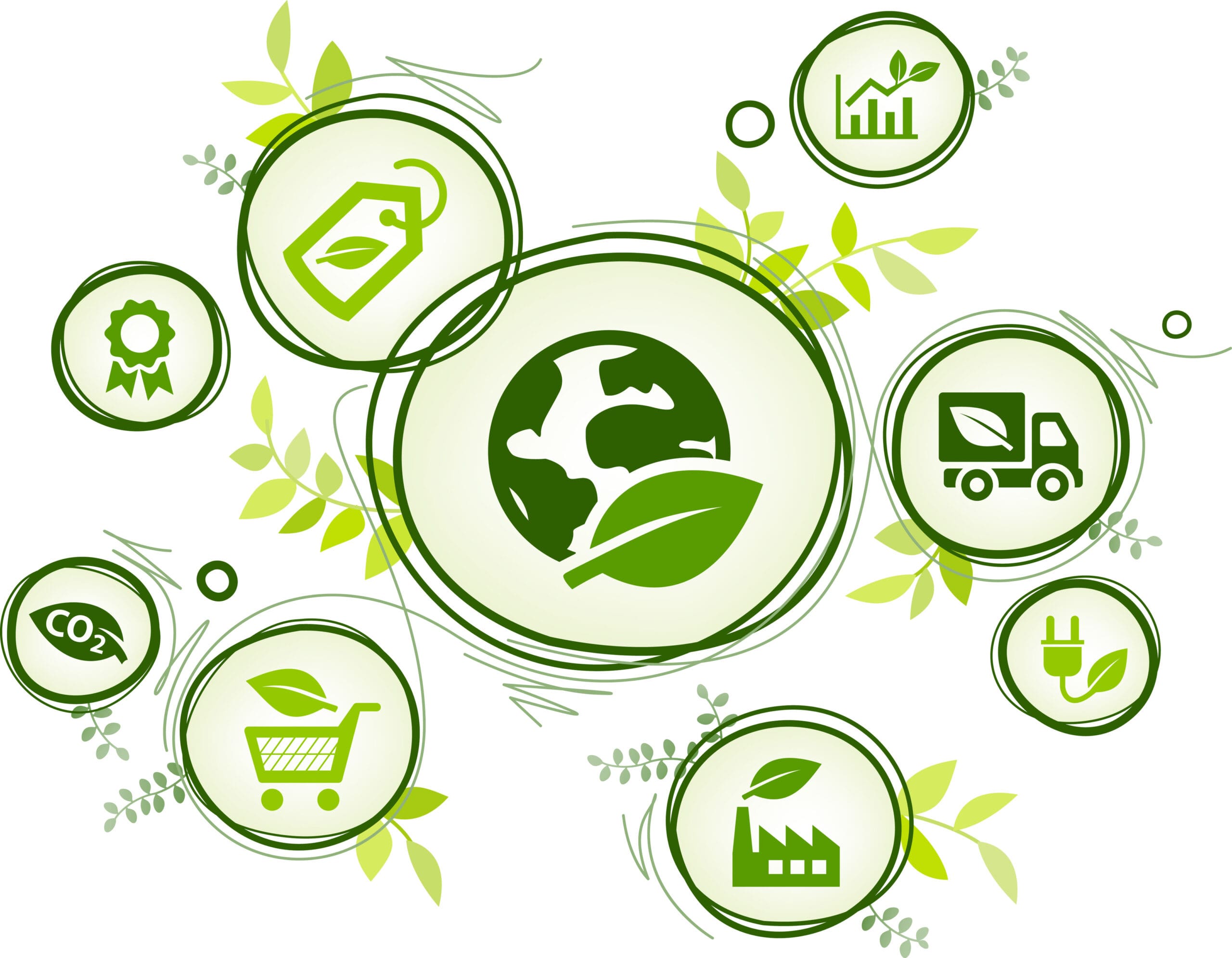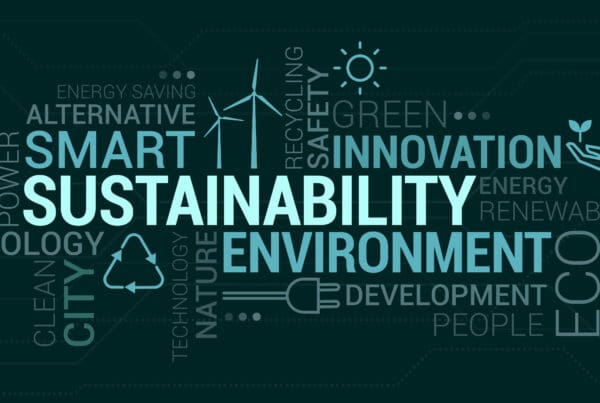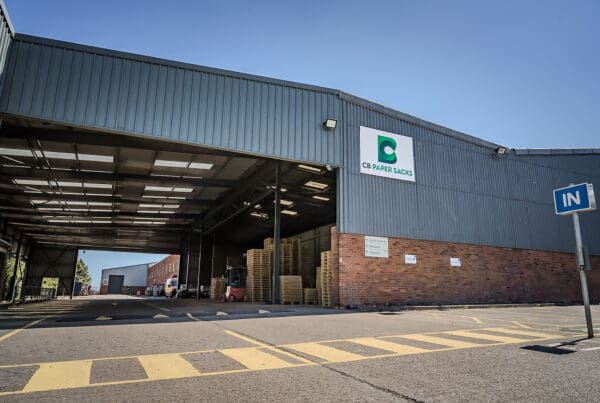Are paper sacks better than plastic sacks?
CB Paper Sacks manufacture multi-wall paper sacks for Milk Powder, Food Ingredients, Flour, Chemicals, Animal Feed and other Dry Food Product.
Based in Bangor Northern Ireland with over 50 years’ experience in the paper sack industry, supplying into Ireland, the UK, and Continental Europe. At each stage of the company’s development, we have made continuous improvements to our environmental responsibilities, technical competence, product development and printing excellence.
Paper sack are a much better choice for the climate. Paper sack production is more energy-efficient, uses fewer fossil resources as fuel and raw material, and relies on more renewable energy. While each type has distinct emission profiles due to varied materials and processes, paper sacks generally fare better in emissions and resource consumption.
Climate change
Paper sacks are way better for the environment than polyethylene sacks. They release only 71 grams of CO2e, compared to 192 grams for the plastic sacks. That’s a 2.5-fold difference, and it means they have a much smaller impact on climate change.
- They’re better for the environment at the end of their life.
- They’re more energy efficient. Almost 5 paper sacks can be made with the energy used to make just 1 plastic sack.
- They use a lot of renewable energy sources in their production.
- They use 18 times fewer fossil resources as raw material than plastic sacks.
Renewable energy consumption
The paper sack system uses more renewable energy sources (0.19 MJ renewable energy per paper sack, compared to 0 MJ renewable energy per plastic sack). This is because the pulp and paper industry use a lot of renewable energy.
GHG Emissions and Resource Consumption
So, here’s the thing: the way emissions compare between the two packaging options hasn’t changed. When we look at the amount of fossil fuels used to make each option, the polyethylene sack uses way more and releases way more greenhouse gases. Even when we factor in recycling, the polyethylene sack still has a higher carbon footprint.
Other emissions
Polyethylene sacks release more nitrogen oxides (NOx) and sulphur oxides (SOx) during production (because they use more fossil fuels). They also release lead (Pb) and mercury (Hg) into the air. Paper sacks release more ammonia (NH3), non-methane volatile organic compounds (VOCs), and particulates into the air.
Emissions into freshwater
Polyethylene sacks release more heavy metals into freshwater, while paper sacks release more organic substances. Paper sacks and polyethylene sacks have different emission profiles because they use different raw materials, processes, energy requirements, and mixes. That’s why we can’t directly compare them in all areas. Let’s expand our system boundaries to include three different end-of-life scenarios.
Fossil energy consumption
The paper sack production process is more energy-efficient and environmentally friendly. Paper sacks use 5 times less fossil fuel than plastic sacks. For every paper sack, you only need 0.97 MJ of fossil energy, compared to 4.72 MJ for plastic sacks. Paper sacks also use 18 times less fossil fuel as raw materials. For every paper sack, you only need 0.18 MJ of fossil energy, compared to 3.19 MJ for plastic sacks.



